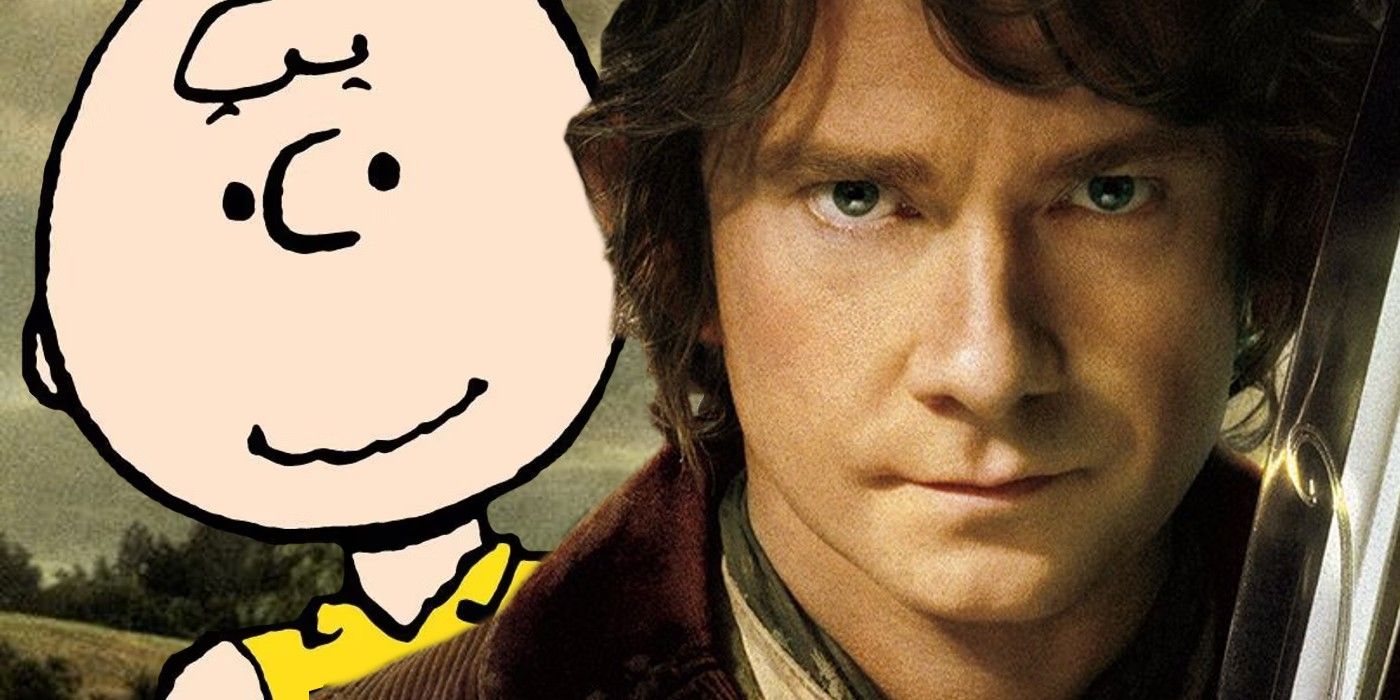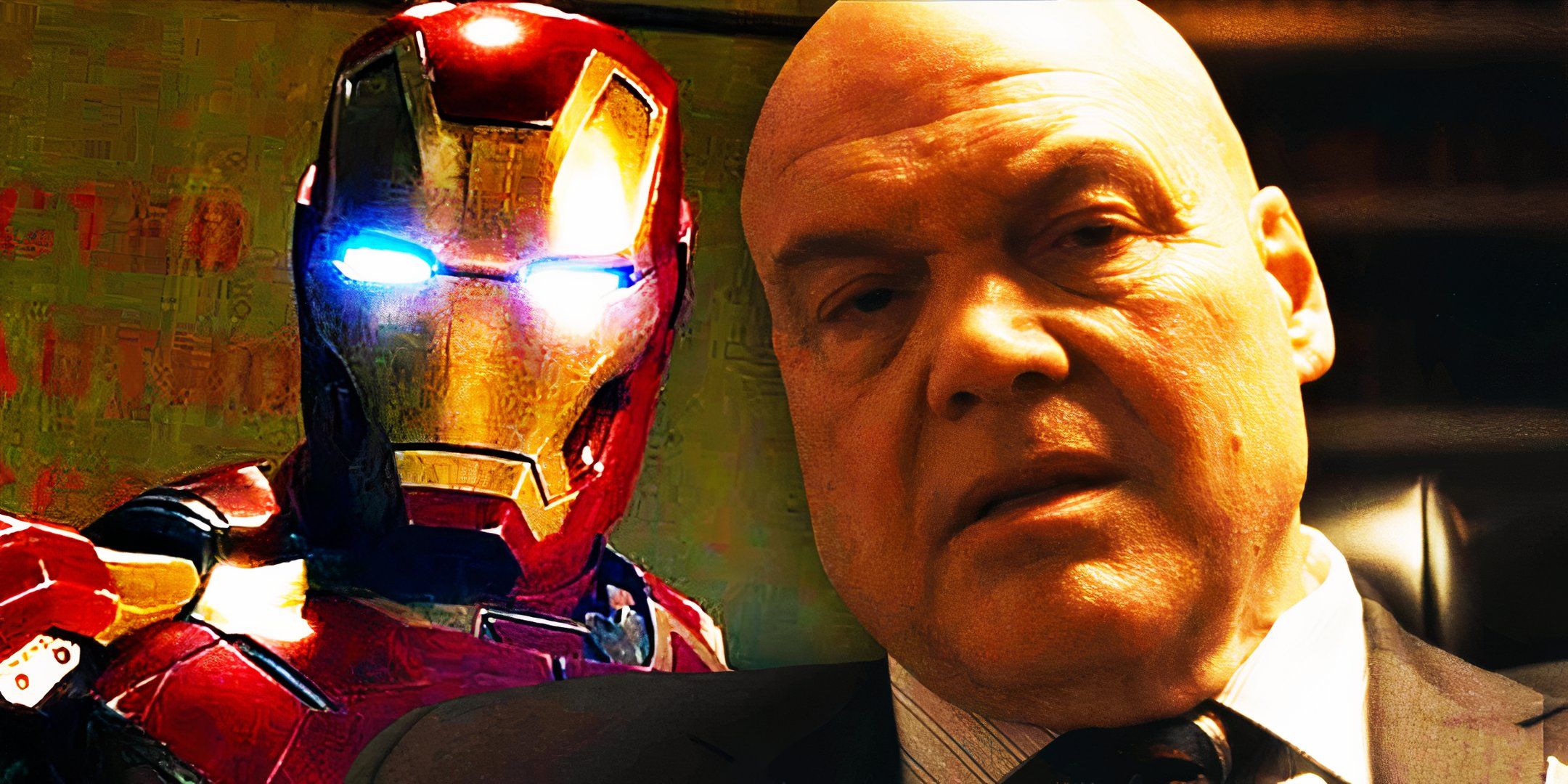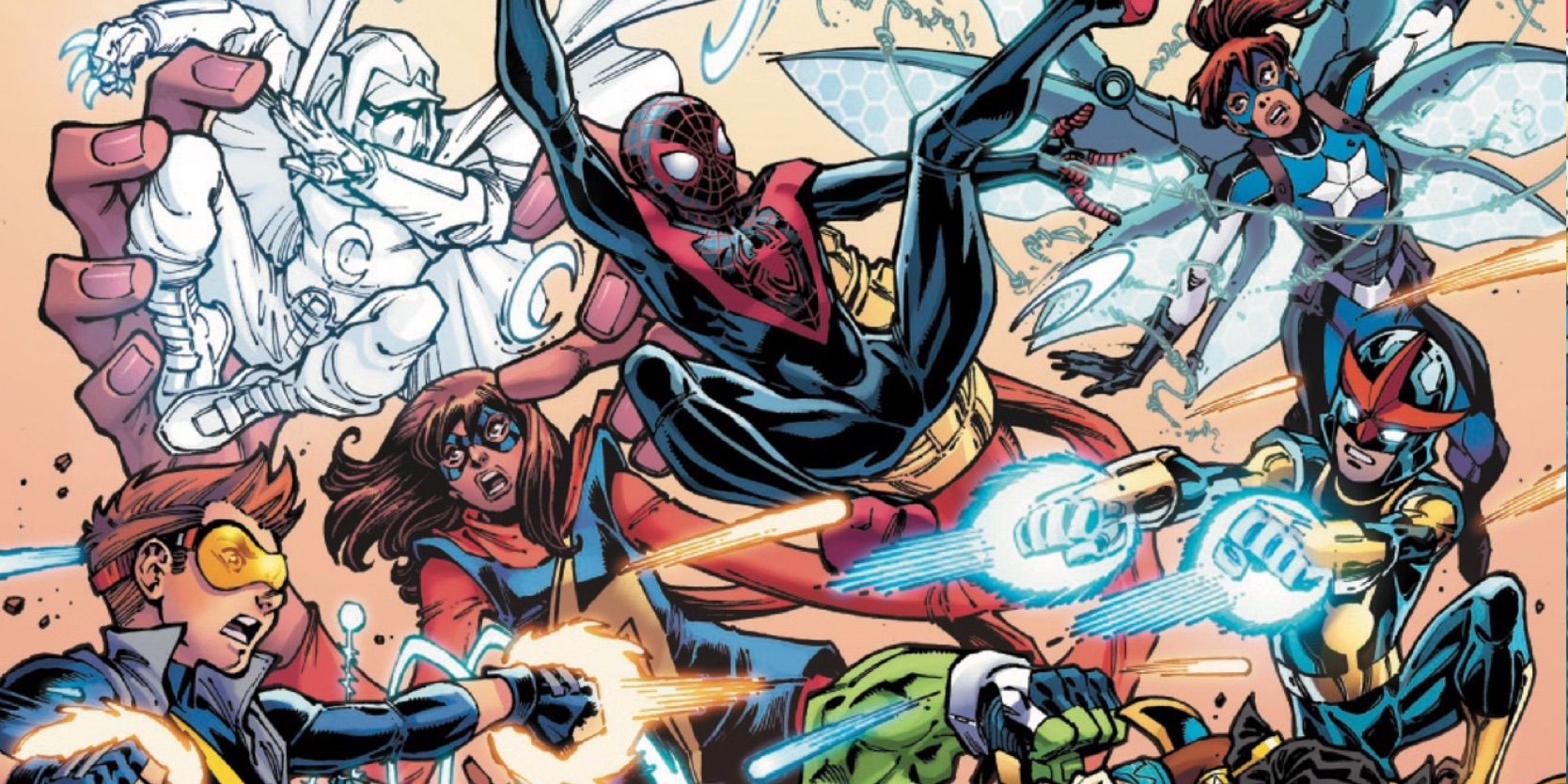The Hobbit Gets a Peanuts-Inspired Redesign in Genius Charles Schulz Fanart
Summary Artist Adam Murphy has shared a charming fusion of The Hobbit and Peanuts.
Bilbo Baggins slips into Charlie Brown's mannerisms incredibly easily, since the two diminutive, nervous heroes have a lot in common.
As children's media that have captured entire generations of fans of all ages, Peanuts and The Hobbit have more in common than you'd think.
In this adorable art from Adam Murphy, The Hobbit's Bilbo Baggins is recreated in the iconic art style of Charles Schulz's Peanuts. J. R. R. Tolkien's beloved fantasy novel sees the titular hobbit Bilbo hired as a burglar by a group of dwarves who intend to reclaim their home from the dragon Smaug. But while it's hard to imagine Charlie Brown, Snoopy and Pig-Pen tangling with trolls and charting the Misty Mountains, the story's pastoral setting has a lot in common with Peanuts' idyllic American childhood.
Shared to Instagram by creator Adam Murphy, a series of illustrations depict events from the Hobbit in a tribute to Charles Schulz's art style, including Bilbo turning down Gandalf's offer of adventure and having his house swamped by dwarves.
Recently, Murphy has shared a number of pieces mimicking iconic art styles and uniting unlikely characters, from Calvin and Hobbes meeting the Rocketeer to Indiana Jones working alongside Marvel's Wolverine and Belgian comic hero Tintin.
Related Indiana Jones Meets Tintin in Pitch Perfect Mashup Fanart In an unexpected yet welcomed mashup, a work of fanart by Adam Murphy pairs together Tintin and Indiana Jones for a pitch perfect crossover.
Peanuts Hits Middle-Earth in Adam Murphy's Art
The Hobbit's Pastoral Setting Perfectly Combines with Charlie Brown's All-American Childhood
Peanuts began in 1950, charting the adventures of Charlie Brown, Snoopy, and the wider cast. While today it's seen as a touchstone of comic history, Peanuts was surprisingly experimental for its time. Schulz's use of caricature in his art was decidedly out of step with similar comic strips of the time, but ultimately created a work where kids and adults felt equally welcome. Tolkien achieved a similar feat with The Hobbit - a 1937 children's book which retroactively became a prequel story to the fantasy epic The Lord of the Rings. While the two works are obviously very different, there are some interesting parallels made even clearer by Murphy's art.
The Hobbit's structure is surprisingly similar to Peanuts in regards to the episodic nature of what the main characters experience. While The Hobbit has a larger story and Peanuts often tells a lasting narrative over a week or more (for example, Snoopy's family coming to busy takes place over multiple strips), both take an episodic approach where every incident is its own complete mini-story. Of course, Bilbo develops more over his adventure than Charlie Brown's perpetual childhood allows.
There are even some surprising similarities between Charlie Brown and Bilbo Baggins, as both draw humor from being mild-mannered, reasonable people dealing with far larger personalities. Murphy capitalizes on this shared aspect of their characters, with Bilbo effortlessly slipping into Charlie Brown's mannerisms as a terminal worrier forced to contend with a group of oddballs. The Hobbit and Peanuts may seem like strange bedfellows, but Murphy is onto something with these pieces, following a diminutive, nervous hero on his unexpected journey.
Source: Adam Murphy











COMMENTS